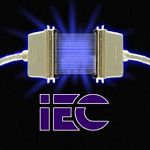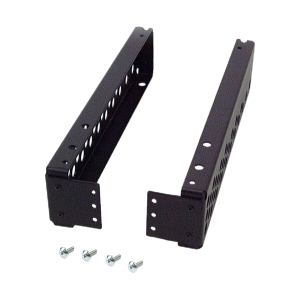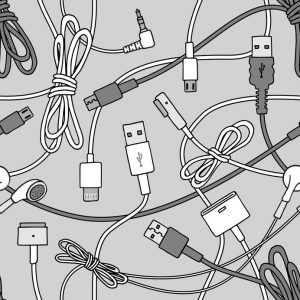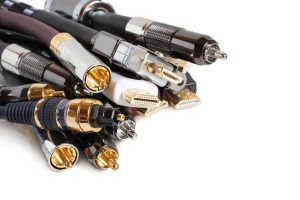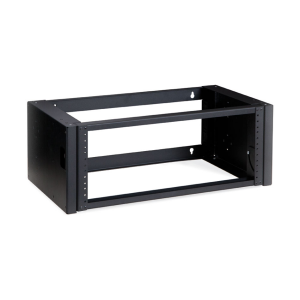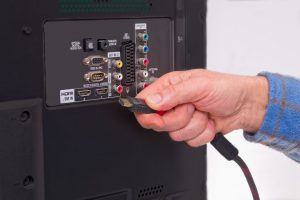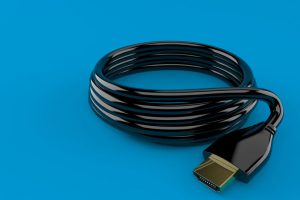
HDMI is not only the acronym of the cables we use for connectivity, but also the standard that currently defines the technology.
HDMI cables can be standard or high speed, with or without an Ethernet connection. An HDMI hub or splitter can be used to transmit video signal to multiple monitors. Starting with standard 1.3, these cables have an Ethernet connection included. Another important function of HDMI is the ARC (Audio Return Channel), which allows the transfer of sound from the source to a receiver. Previously, such a process was carried out using a separate cable.
Standard HDMI cable
This type is designed to reliably support streaming at a max. resolution of 1080i (1920×1080). HD resolutions are generally associated with cable and satellite TV, HD digital transmission, and up scaling DVD players.
This type of HDMI cable is tested to handle 1080p video resolution and beyond. It includes advanced display technologies (3D, 4K and Deep Color). If you use any of these technologies high speed HDMI cable is your option.
High speed HDMI cable with Ethernet
This cable is not recommended on devices that do not have Ethernet
First Seen over here: What are the Differences Between Different Versions of HDMI
